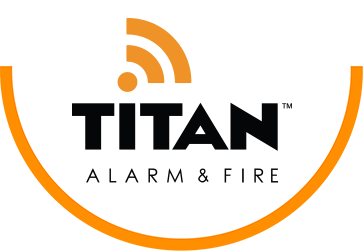If you operate a retail store or any other type of business that sells goods, keeps cash on hand or stores sensitive information, you are at a high risk of a break-in or vandalism. Even if you are covered by insurance, it might not compensate you for the totality of your loss. If a thief gains access to confidential customer information, it could lead to a loss of trust in your business that you may never be able to earn back.
Consequently, preventing breaking and entering should be a top priority for virtually every business owner these days. What follows are a few helpful tips regarding how to prevent break-ins at your business and protect everything you’ve worked so hard to achieve.
Provide Adequate Lighting for the Interior and Exterior
Burglars are attracted to dark areas where the risk of detection is minimal. One of the most vital security steps any business owner can take is to keep the interior and exterior of the property lit during nighttime hours. Thieves will think twice about entering a property where they are easily visible to passersby. A well-lit storefront or parking lot that is ablaze in floodlights will also serve as an effective deterrent to vandalism and other criminal activity.
Store Valuables in a Safe
A safe offers an extra layer of defense in the event a burglar is able to defeat your other security measures. Use it to store cash, important documents and smaller, more valuable items. Choose a safe that weighs at least a ton and be sure to bolt it to a solid building structure. Place your safe in a location that is not visible from the street and provide adequate lighting for it during nighttime hours.
Invest in an Electronic Access Control System
While there are a number of locks that are difficult to defeat, such as pin-tumbler cylinder and deadbolts, they may not prevent a skilled, enterprising burglar from breaking in. A more reliable alternative is an electronic access control system that requires the use of a code to gain entry. A keyless access control system also eliminates the need to provide keys to employees that could easily be duplicated or fall into the wrong hands.
Install a Security System
A professionally installed security system equipped with cameras and motion detectors can help you and law enforcement catch burglars in the act. Visible security cameras are also an effective deterrent for preventing break-ins. Be sure to include a high-quality video surveillance system that enables you to record what is going on in key areas in and around your facility at all times.
Titan Alarm Inc. Can Meet Your Security Requirements in the Phoenix Area
If your business is located in the Phoenix area, the experts at Titan Alarm can provide the best commercial security system for your needs and budget. Contact us to learn more about how to prevent a business burglary at your facility and to schedule a no-obligation on-site security consultation today.
Learn More About Intrusion Detection
Updated by Titan Alarm on November 5, 2018.















